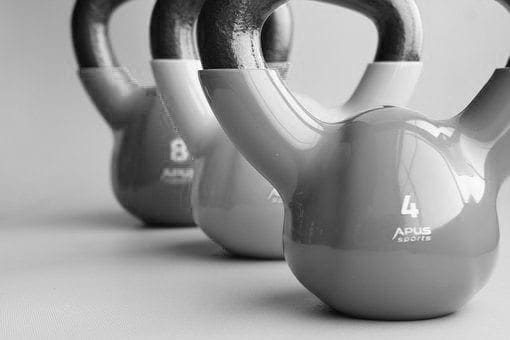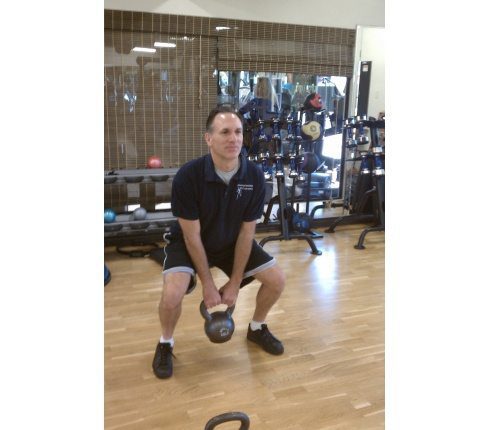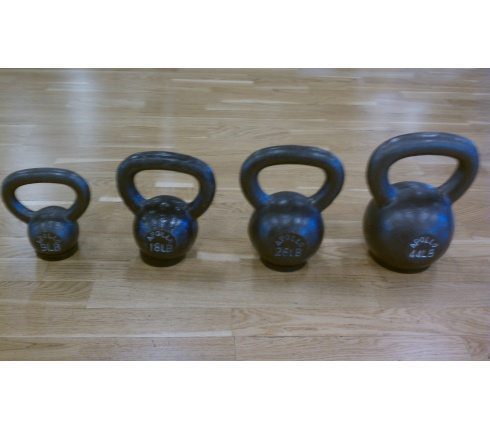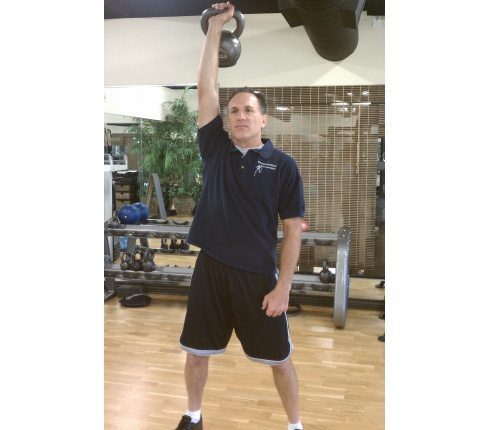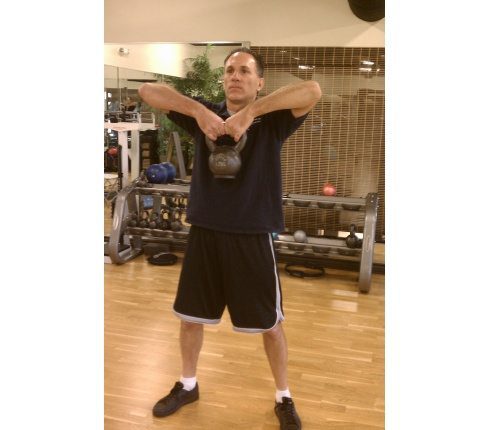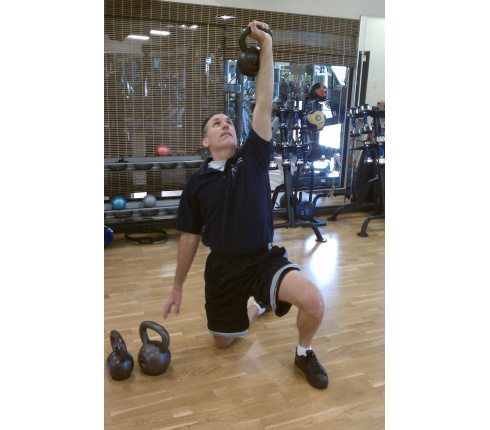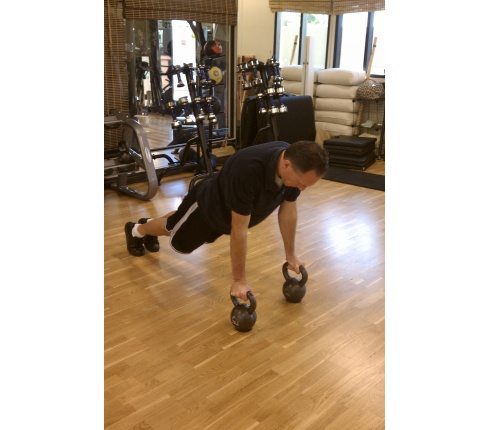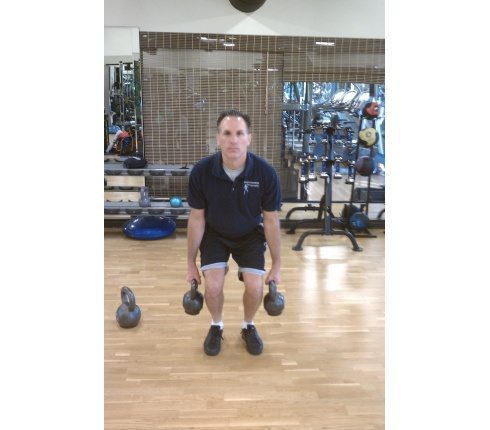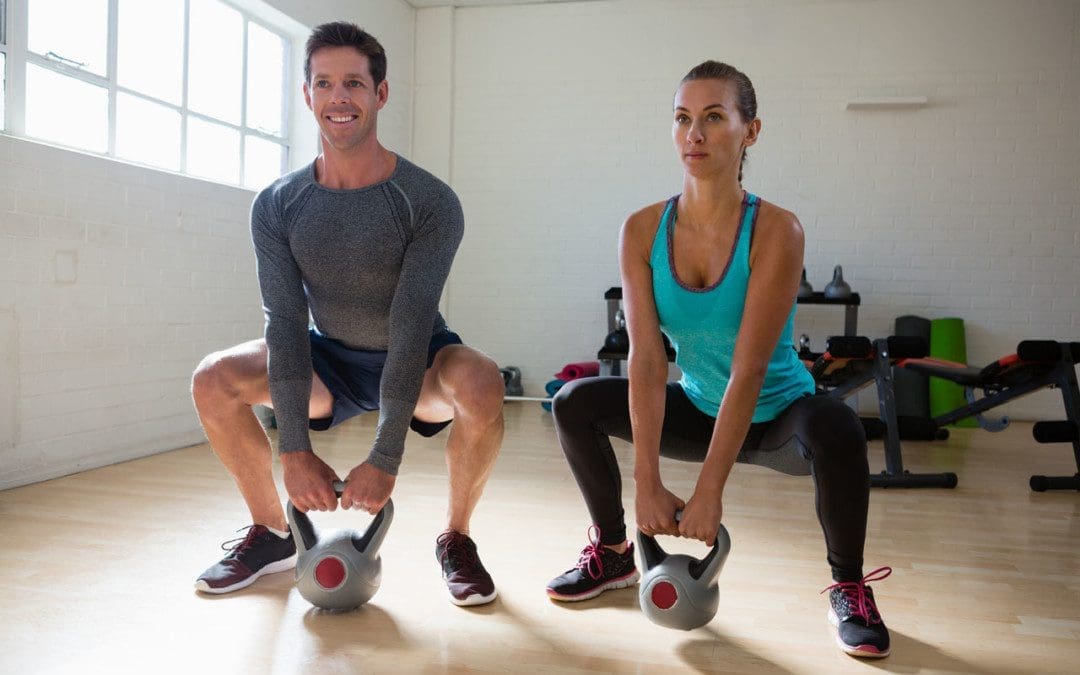
Kettlebell Strengthening For Back Pain Safety
Kettlebell training for the back muscles and back pain prevention can be part of a recommended treatment plan. When experiencing low back pain, many sports medicine experts recommend kettlebell exercise to strengthen the core and posterior chain. However, if not used correctly, kettlebell exercises can worsen back pain.
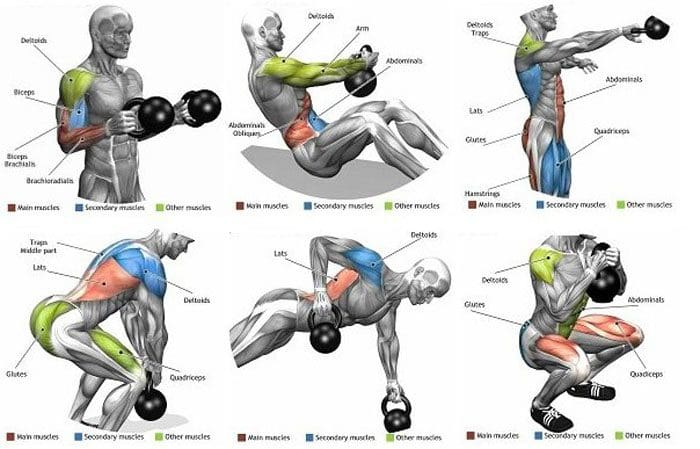
Kettlebell
They are made of cast iron or steel and are named for resembling a tea kettle with an oversized handle. They can be used in one and two-handed movements.
Exercises and Movements for Back Pain
For individuals that are not experiencing back pain, kettlebell training can be excellent for maintenance and injury prevention. They strengthen the core and back muscles.
- The kettlebell swing is an essential exercise and is one of the most important exercises when dealing with back pain issues.
- A kettlebell is placed on the floor about 12 inches in front while standing with the feet a little wider than hip-distance.
- The hips become the hinge.
- Extend the arms down to the bell and grip it.
- Begin swinging it up and down through the legs and then upward and outward to chest level.
- The shoulders are to stay relaxed.
- The hips are used to thrust and create momentum to swing the kettlebell.
- Keep the spine neutral throughout the exercise to prevent injury.
- The arms are to hold the bell only.
- Don’t swing with the arms or shoulders, but push through with the hips.
- The exercise can be swung up over the head but is not recommended for those with back pain.
Benefits
- They are portable and don’t require a lot of space.
- With kettlebells, an individual can train more easily than with barbells.
- Kettlebell workouts provide strength training and cardiovascular fitness.
- Once the proper technique is learned, individuals can set up a regular regimen at home.
Proper Form and Mistakes
Proper form is crucial. The primary movement most individuals have difficulty with is getting the proper hinging motion at the hip. Most individuals flex at the lower back and place increased pressure on the discs. Proper hip hinge motion means:
- Keeping the low back straight
- Flexing at the hip
- Pushing back out with the buttocks when performing the swing motion.
- When done correctly, an individual should be able to stop at any stage and hold that position.
Posture Form Tips
Form issues with kettlebells include:
Hip Hinge
- When picking up the kettlebell, remember to hip hinge instead of squatting to maintain the back in a neutral position.
- Drive the hips back in the same way when sitting down on a low chair.
Arching the back
- If the pelvis is tilted too far forward, the back arches a lot.
- This can narrow where the nerves leave the spine in the low back.
- Keep the abdominals tight to prevent the pelvis from tilting forward.
Using the incorrect weight can also cause problems; this could be going too heavy or too light.
- Too heavy increases the risk of straining the body and back.
- A kettlebell that is too light does not provide the correct resistance to strengthen the muscles.
- Another common mistake is overtraining. Specifically, individuals over 50 whose bodies don’t recover as quickly.
- Individuals over 50 are recommended to spread out the workout days with more than one rest day.
Common Injuries
Proper training before working with kettlebells is highly recommended, especially for those already dealing with back pain. Individuals are encouraged to work with a physical therapist, sports chiropractor, or personal trainer who can teach proper techniques and specific exercises, observe the individual’s process, and make corrections. Improper technique can lead to:
- Muscle strains.
- Muscle spasms.
- Compressed or pinched nerves.
- Added stress to pre-existing low back conditions.
- Impact injuries to the wrist and forearm.
Body Composition
Exercise Ball Pikes
Exercise ball pikes are an advanced total body workout. Muscle groups worked out include:
- Deep abdominals
- Hip abductors
- Quadriceps
- Deltoids
- Scapula stabilizers
- Pectoralis major/minor
To do the exercise:
- Start in a pushup position with the arms on the floor in front.
- Lift the legs, so the tops of the feet rest on the exercise/stability ball.
- Knees should be bent to start the movement.
- Extend the legs out as straight as possible.
- Hold the position for a few seconds.
- Return to the starting position.
References
Common Injuries Associated with Kettlebells: ACSM’s Health & Fitness Journal (March/April 2017) “Managing Risks of Training with Kettlebells to Achieve Optimum Benefits.” journals.lww.com/acsm healthfitness/Fulltext/2017/03000/MANAGING_RISKS_OF_TRAINING_WITH_KETTLEBELLS_TO.6.aspx


